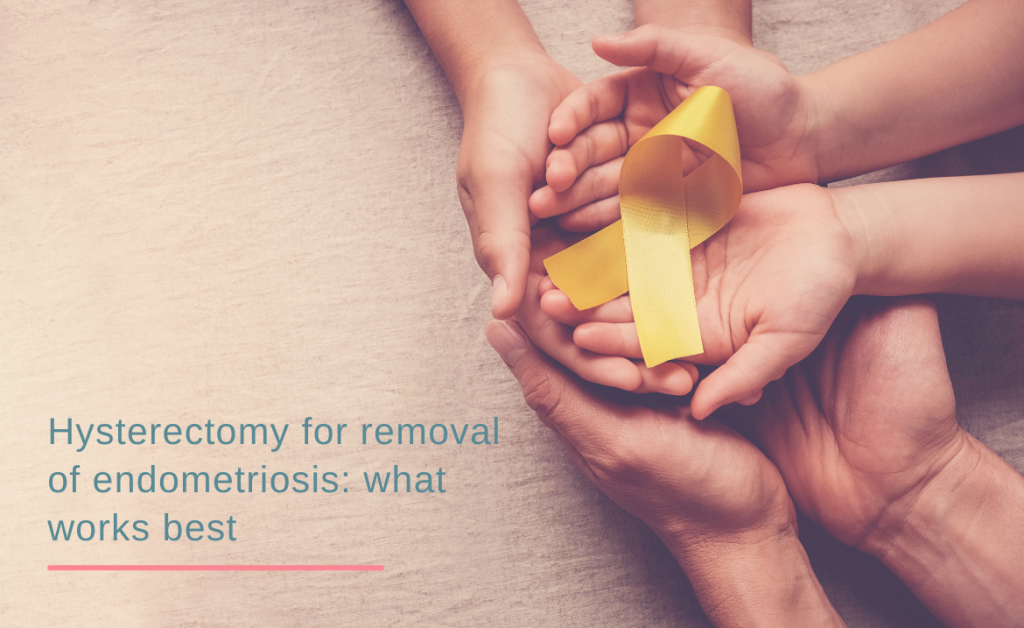A hysterectomy is an operation to remove the uterus and sometimes accompanying organs such as the cervix, fallopian tubes, and ovaries during the same operation. It is also a common treatment for endometriosis. But it’s only suggested for those who have been unsuccessful with other treatment options. According to research, in the United States alone, over 100,000 hysterectomies are performed each year for primary diagnosis. 12% of these eventually need a hysterectomy.
In this article, we look at the types of hysterectomies available and the ideal treatment to relieve symptoms of endometriosis.
Understanding endometriosis
Endometriosis is a common disease where the tissue that lines the uterus (womb) grows outside this layer and occasionally to other parts of the body.
One in 10 Australian women suffer from endometriosis during their life, and it is commonly known for causing symptoms such as
- Fatigue
- Severe pain during or around your period
- Pain during or around ovulation
- Pain during or after sex
- Pain with bowel movements
- Pain when urinating
- Pain in your pelvic region, lower back, or legs
- Having trouble controlling a full bladder
- Heavy or irregular bleeding
Women of different ages may present with endometriosis, but it often starts in the teenage years.
Whilst endometriosis most often affects the reproductive organs, it can also appear in the bowel and bladder and sometimes in muscles, joints, lungs, and the brain. There is currently no cure for endometriosis, but there are several treatment options to help – one of which is a hysterectomy.
The different types of hysterectomy
There are two different types of hysterectomies we carry out. Each one serves its own purpose.
- Hysterectomy with ovarian conservation – Also known as a total hysterectomy. This type of surgery involves the removal of the uterus, cervix and fallopian tubes and preserving the ovaries.
- Hysterectomy with oophorectomy – Involves the removal of the uterus, cervix, fallopian tubes, and one or both sets of ovaries.
What type of hysterectomy works best for endometriosis?
Your doctor will determine the best form of treatment after carefully considering your circumstances.
While the preservation of ovaries is preferred for hormonal benefits, some women may need to undergo the removal of the ovaries for pain control.
Whatever your doctor suggests, it’s important to understand that a hysterectomy is not a guaranteed cure for endometriosis. In some cases, there are chances of endometriosis recurrence after ‘definitive’ surgery due to
- Hormonal factors
- Ovarian remnants
- De-novo disease, or,
- Disease persistence.
Dr Kothari will discuss any concerns you may have before opting for this type of surgery.
When to see a specialist
If you find that endometriosis is causing consistent severe pain and interfering with your daily life, get in touch with our team for a consultation with Dr Kothari.
Dr Kothari will discuss any concerns you may have and will talk to you about any risks associated with treatments or procedures before commencement.

